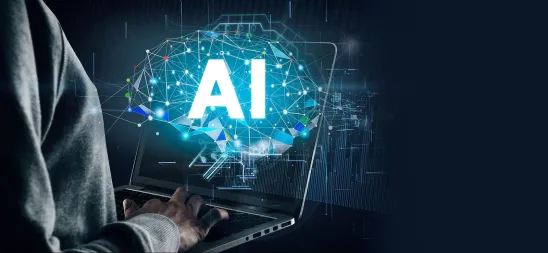Businesses are increasingly using artificial intelligence (AI) to innovate. This trend brings about new risks to intellectual property (IP), including new challenges in procuring IP protection and new risks of IP infringement. Part I of this two-part post will focus on IP procurement.
Patenting an invention requires pinning down the correct inventorship. Yet, the U.S. Court of Appeals for the Federal Circuit recently determined that only humans can be named as inventors on a patent. Thaler v. Vidal, 43 F.4th 1207, 1210 (Fed. Cir. 2022), cert. denied, No. 22-919 (U.S. Apr. 24, 2023). This development has significant implications for any company seeking to protect AI-generated innovations. The U.S. Patent and Trademark Office is currently seeking public comments on AI inventorship.
Patents must also sufficiently describe the invention so as to enable a person of ordinary skill in the art to carry out the invention. This is uniquely challenging for AI inventions, due to the “black box” nature of some AI engines. There is potential for near-term evolution in this area of patent law. How can businesses ensure that patent applications filed today will meet future standards? Companies should be aware of these potential shifts and adapt their IP strategies accordingly.
Copyrighting AI-generated content is also topical. Presently, whether AI-generated subject matter is copyrightable may bear on the level of human contribution. Moreover, determining who owns the copyright may depend on contractual provisions (e.g., website terms of service).
Obstacles in IP procurement can pose significant competitive risks. Companies utilizing AI for innovation should develop IP procurement strategies that are adapted to their evolving business model.


 />i
/>i

